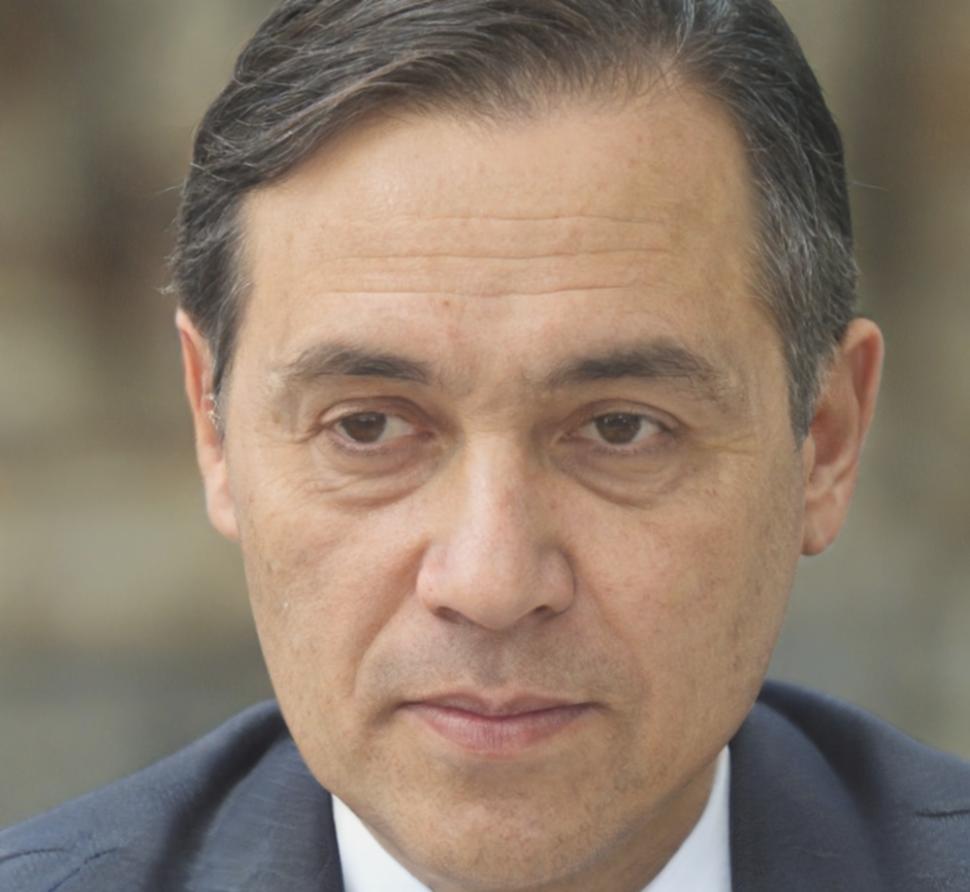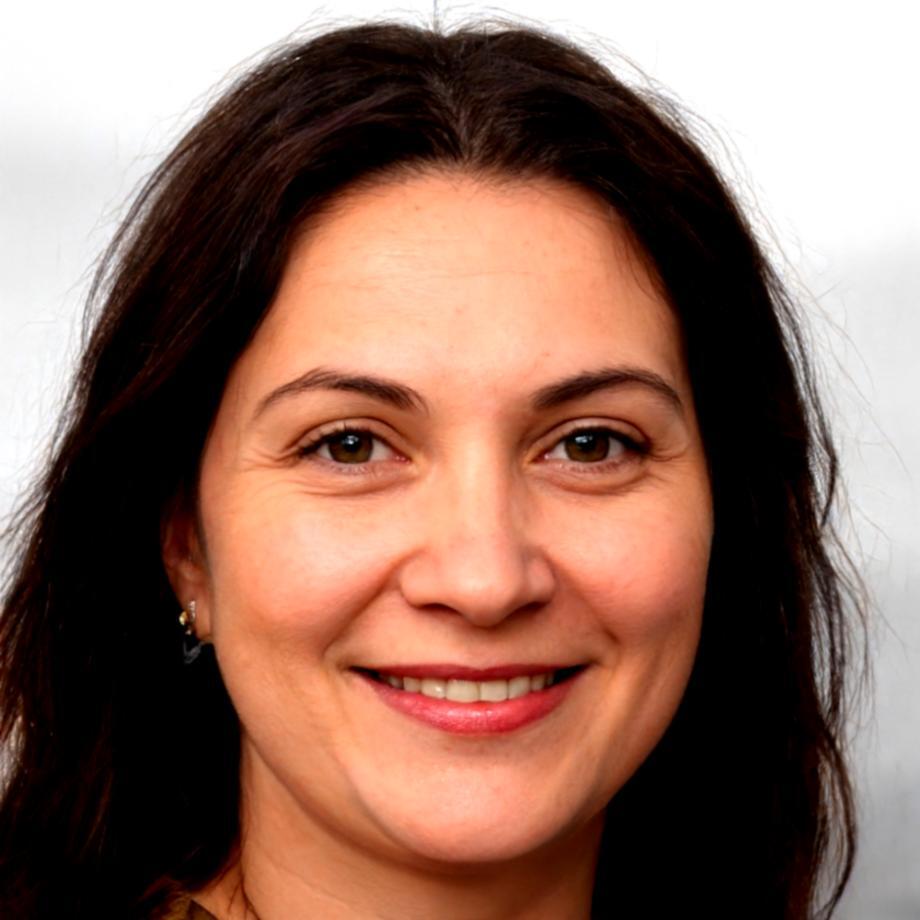Financial Analysis Certification Program
Build practical skills in financial modeling, data analysis, and strategic decision-making through hands-on projects and real business scenarios.
Choose Your Learning Path
Each pathway is designed around specific career goals. You can switch between paths during the program as your interests develop.
Financial Modeling Track
Start with Excel fundamentals and progress to building comprehensive financial models. This track covers forecasting, scenario analysis, and valuation techniques used in corporate finance.
16 weeksData Analytics Track
Focus on analyzing financial data using Python and SQL. You'll work with actual datasets to identify patterns, create visualizations, and support business decisions with quantitative insights.
16 weeksBusiness Strategy Track
Combine financial analysis with strategic thinking. This path emphasizes using financial tools to evaluate business performance, assess market opportunities, and recommend actionable strategies.
16 weeksLearning Through Real Projects
Every week includes practical assignments based on actual business challenges. You'll analyze company financials, build working models, and present findings just like you would in a professional environment.
Our approach focuses on doing rather than memorizing. By the end of the program, you'll have a portfolio of completed projects that demonstrate your capabilities to potential employers or clients.

What You'll Actually Learn
Our curriculum adapts based on your chosen track, but these core modules form the foundation for all pathways.
- Reading and interpreting income statements, balance sheets, and cash flow statements
- Calculating and analyzing key financial ratios for profitability and efficiency
- Identifying red flags and warning signs in financial reports
- Comparing company performance across industries and time periods
- Advanced formulas and functions for financial calculations
- Building dynamic dashboards with pivot tables and charts
- Creating automated reports that update with new data
- Using What-If analysis tools for scenario planning
- Building revenue forecasts using historical data and market trends
- Creating expense budgets and monitoring variance
- Developing three-statement models that link together
- Presenting financial projections to stakeholders
- Choosing the right chart types for different types of financial data
- Designing clear, professional reports that tell a story
- Using color and formatting to highlight key insights
- Creating executive summaries that drive decision-making
- Complete analysis of a real company or business scenario
- Building a comprehensive financial model from scratch
- Creating a professional presentation of your findings
- Receiving detailed feedback from instructors and peers
Learn From People Who've Done It
Our instructors work in finance roles at companies across Bangkok. They teach based on what they actually use every day, not outdated textbook theory.

Marcus Tan
Marcus spent eight years in corporate FP&A before moving to consulting. He specializes in building models that actually get used rather than sitting in a folder somewhere. His students appreciate his direct feedback and practical tips.

Rachel Kim
Rachel combines finance and data science backgrounds. She teaches Python and SQL through real datasets from her work analyzing e-commerce and retail performance. Her approach makes technical concepts accessible for finance professionals.

David Chen
David worked in strategy consulting for multinational firms before starting his own advisory practice. He focuses on connecting financial analysis to business decisions and helps students develop the communication skills that turn analysis into action.

Small Group Format
We cap each cohort at 20 students so instructors can provide individual guidance. You'll get feedback on your work, have time to ask questions, and build relationships with classmates facing similar challenges.
How to Join the October 2025 Cohort
The application process takes about two weeks from start to finish. We review applications on a rolling basis.
Submit Your Application
Open now through August 15, 2025Fill out the online form with your background and goals. No need for a formal resume. We want to understand why you're interested in financial analysis and what you hope to accomplish.
Complete Skills Assessment
Within 3 days of applicationTake a brief online assessment covering basic math, Excel familiarity, and logical reasoning. This helps us understand your starting point so we can provide appropriate support during the program.
Interview with Program Team
Scheduled within one weekHave a 30-minute conversation with one of our instructors. This is your chance to ask questions about the program and for us to learn more about your background and learning goals.
Receive Decision and Enroll
Within 5 business daysGet your admission decision via email. If accepted, you'll have one week to confirm your spot and complete enrollment. The program begins October 6, 2025.
Ready to Get Started?
Applications for the October 2025 cohort are open. Reach out if you have questions about the program or application process.
Start Your Application